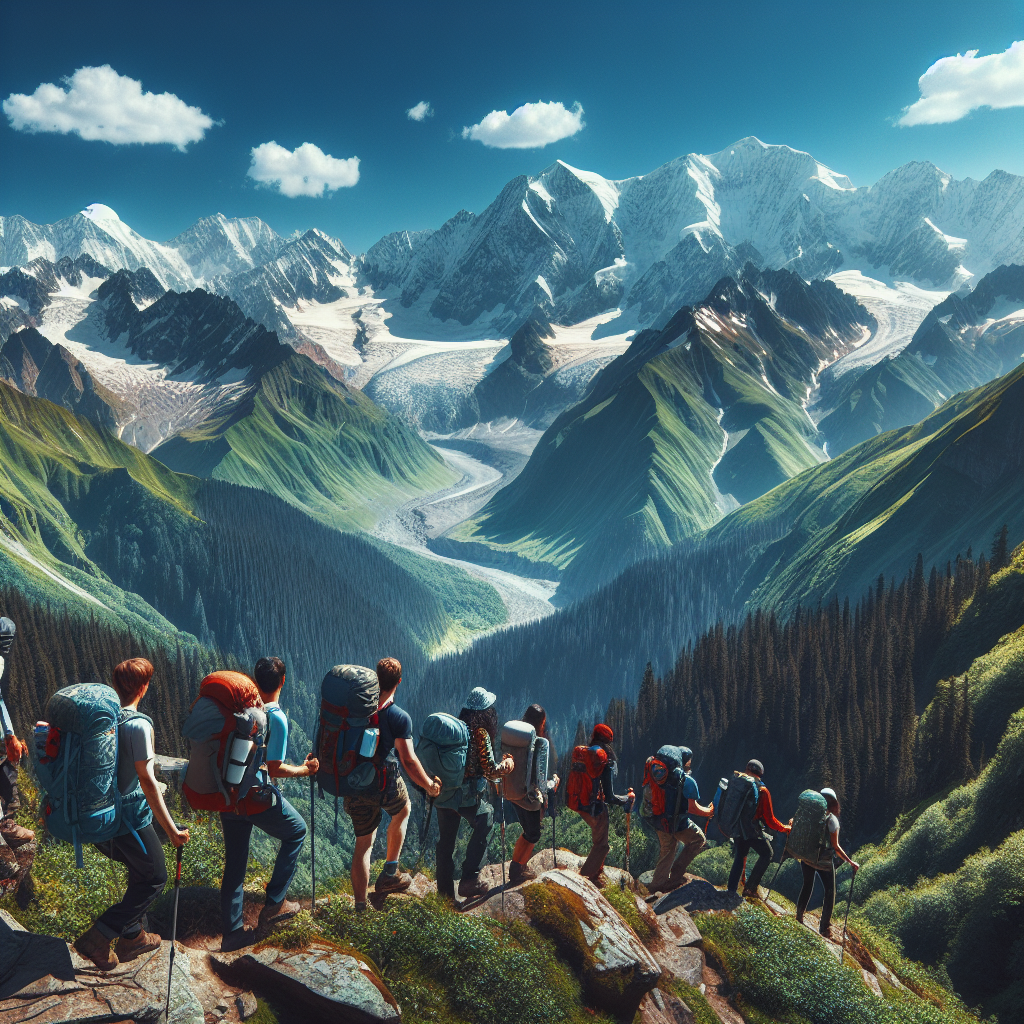Essential Clothing and Footwear for Mountain Treks
When it comes to gearing up for a mountain trek, having the right clothing and footwear is essential for both safety and enjoyment. The unpredictable weather and rugged terrain of mountainous regions demand specialized gear to ensure a comfortable and risk-free trekking experience.
First and foremost, a moisture-wicking base layer is crucial to keep the body dry and maintain a stable temperature. This layer should be complemented by an insulating mid-layer to provide warmth in colder conditions. A waterproof and windproof outer layer is indispensable to shield against harsh weather elements such as rain, snow, and strong winds.
As for footwear, investing in high-quality, ankle-supporting hiking boots is non-negotiable. These boots should offer stability, traction, and protection against rocky and uneven terrains. Additionally, moisture-wicking and breathable hiking socks are vital to keep the feet dry and prevent blisters.
By prioritizing the right clothing and footwear, trekkers can mitigate the risk of weather-related injuries and ensure a comfortable and enjoyable mountain trekking experience.
Must-Have Navigation and Communication Gear
When embarking on mountain treks, having the right navigation and communication gear is essential for a safe and enjoyable journey. The must-have items for navigating through the wilderness include a topographic map of the area, a reliable compass, and a GPS device. These tools will help hikers stay oriented and find their way even in challenging terrain or adverse weather conditions.
Communication gear is equally crucial for mountain treks. Carrying a fully charged mobile phone with a backup power source is imperative for emergencies. Additionally, consider investing in a two-way radio for communication in areas with poor network coverage. It’s also beneficial to have a whistle for signaling for help and a signal mirror for catching the attention of potential rescuers.
By ensuring you have these navigation and communication essentials, you can navigate confidently and stay connected, enhancing the safety and enjoyment of your mountain trekking adventure.
Safety Equipment: Tools for Emergency Preparedness
When planning a mountain trek, it’s crucial to equip yourself with the right gear to ensure a safe and enjoyable experience. One of the most important aspects of preparation is having the necessary safety equipment and tools for emergency preparedness. Here is a complete checklist of safety gear essentials that every trekker should consider packing:
- First Aid Kit: A well-stocked first aid kit is a non-negotiable item for any outdoor adventure. It should contain essential supplies such as bandages, antiseptics, pain relievers, and any personal medications.
- Navigation Tools: In the event of getting lost, having a reliable map, compass, or GPS device can be a lifesaver. It’s essential to familiarize yourself with how to use these tools before embarking on your trek.
- Emergency Shelter: Carrying a lightweight emergency shelter, such as a bivy sack or an emergency space blanket, can provide critical protection in case you’re stranded or injured.
- Communication Devices: Ensure you have a fully charged mobile phone, a portable charger, and a whistle to signal for help in case of emergencies. Consider carrying a satellite phone or a personal locator beacon for remote areas.
- Multi-Tool: A versatile multi-tool can prove invaluable for making quick repairs, gear adjustments, or improvising solutions in unexpected situations.
- Fire Starter: Having the means to start a fire is essential for warmth, cooking, signaling, and morale. Pack waterproof matches, a lighter, or fire-starting tools like a magnesium fire starter.
- Emergency Food and Water: Always carry extra food and water supplies in case your trek takes longer than expected. High-energy snacks and water purification tools are essential for staying nourished and hydrated.
- Personal Protective Equipment: Depending on the terrain and conditions, consider packing items such as a helmet, crampons, an ice axe, or bear spray for additional safety in specific environments.
By including these safety equipment essentials in your trekking gear, you’ll be better prepared to handle unexpected challenges and ensure a safer and more enjoyable mountain trekking experience.
